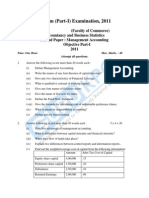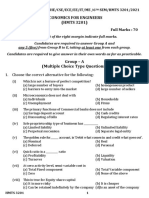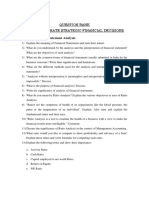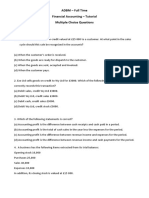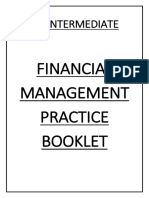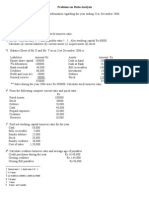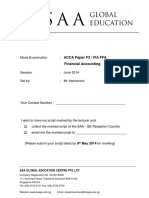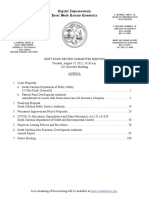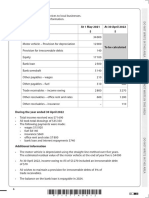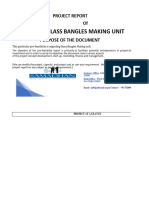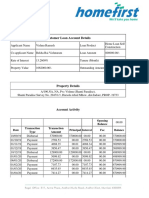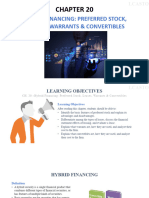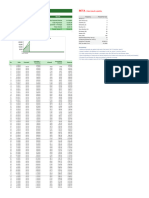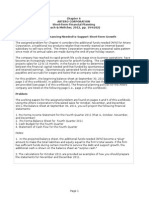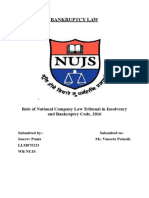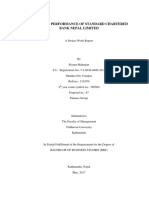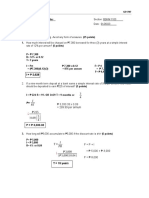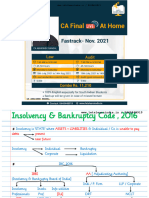0% found this document useful (0 votes)
38 views10 pagesMCQs of Part - B (Ananlysis of Financial Statement)
The document contains a series of multiple-choice questions (MCQs) related to financial statement analysis, covering topics such as balance sheet classifications, financial ratios, and working capital calculations. Each question is followed by answer options, and the correct answers are provided at the end of the document. This resource serves as a study guide for individuals preparing for examinations in finance or accounting.
Uploaded by
rick.2001rtCopyright
© © All Rights Reserved
We take content rights seriously. If you suspect this is your content, claim it here.
Available Formats
Download as PDF, TXT or read online on Scribd
0% found this document useful (0 votes)
38 views10 pagesMCQs of Part - B (Ananlysis of Financial Statement)
The document contains a series of multiple-choice questions (MCQs) related to financial statement analysis, covering topics such as balance sheet classifications, financial ratios, and working capital calculations. Each question is followed by answer options, and the correct answers are provided at the end of the document. This resource serves as a study guide for individuals preparing for examinations in finance or accounting.
Uploaded by
rick.2001rtCopyright
© © All Rights Reserved
We take content rights seriously. If you suspect this is your content, claim it here.
Available Formats
Download as PDF, TXT or read online on Scribd
/ 10














